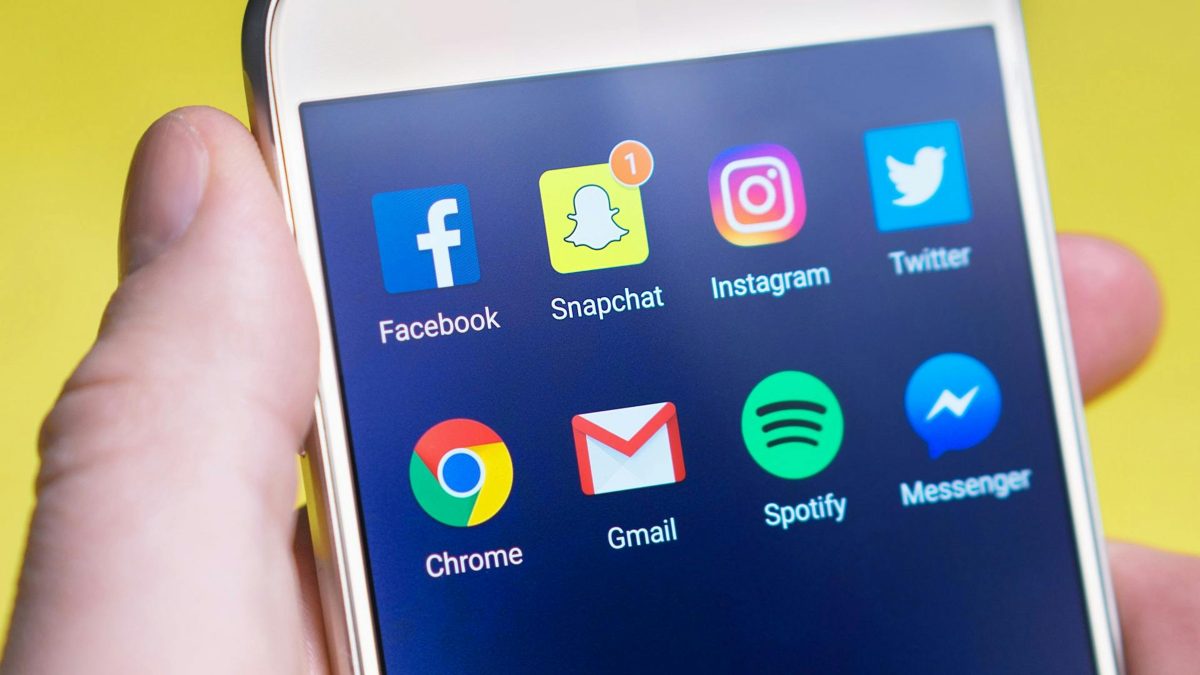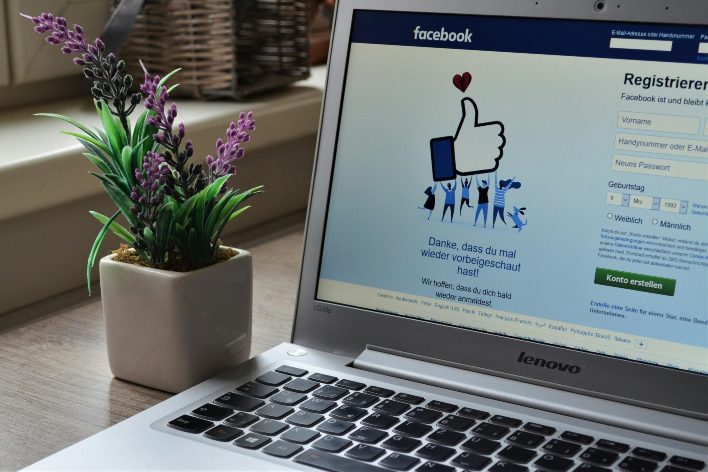Using Social Media for Educational Purposes in Middle School

Today's young students grow up within and around technology and the Internet. One of the dominant features of this online environment has become social media, something that has allowed millions of people, including middle school students, to be integrated into, and even define their lives. But what is social media? Social media denotes those websites and applications that allow users to create and share content or participate in social networking. Some of the popular online social media sites include Facebook, Instagram, Twitter, TikTok, and Snapchat. In most cases, middle school students use these websites for either knowledge pursuit or entertainment.
What is Social Media?
Before I detail how social media happens in education, I believe there's a very simple, basic question to be understood first, what is social media? Social media are online sites and applications that allow users to communicate, share information, and build online communities. A good example would be platforms such as Instagram, TikTok, and YouTube, for example.
Each one allows its users to post pictures, videos, or messages that others see and comment on. These media give individuals an opportunity to express themselves, connect with others around them, and view thousands of pieces of content developed from all over the globe.
Social media for middle school students typically provides them with access to entertainment and social relationship management. Appropriately used, though, it may turn out to be a great learning resource, as it will expose students to numerous resources and information they could use in learning.
The role of social media in education
Having known what is social media, we can now try to ponder the role of social media in education. Social media is oftentimes viewed as an entertainment platform, but it's fast becoming a part of the educational world. Teachers and students may be able to communicate, share resources, and enhance their learning experiences through social media. The students may interact in a collaborative space to do assignments, access educational materials, and query about things outside the classroom through social media.
Hence, social media is the best platform that allows teachers to relate with students outside the traditional classroom setup. This will also be a great avenue for them to pass their learning messages, establish discussion groups, and upload videos for study. Of course, such an approach would make learning interesting and conversational for these students, most especially now that they are in middle school. Indeed, middle school students find it very difficult to keep their minds interested in learning by this age.
Benefits of Social Media in Education

Easy accessibility of information is one of the most significant advantages of social media in education. Students with internet resources at their fingertips can easily look up answers to questions they are unsure of, research topics for assignments, and discover new subjects. Since most social media sites hold various types of videos, articles, and other interactive content, students can use these platforms to better understand the various subjects.
Another benefit of social media in education is linking students together with their peers and teachers. Social media provides a real-time communication advantage, which can be very useful when students have questions about homework or need help with an assignment. For example, if a student is having trouble solving a math problem, he or she can post the question on a classroom social media group. The teacher or even classmates could respond in real-time to help solve that problem.
Advantages of Social Media in Learning
There are tons of benefits of social media in education. Social media is a connection between older ways of learning and modern ways, enabling communication between the instructor and students in innovative ways. One of the great advantages of social media in education is that it provides an experience in learning that has a more personalized touch. Learn all that one can learn. Students are free to go as deep as they want on the topics that interest them at their own pace.
Another aspect of social media is collaboration, which encourages teamwork. A group project, discussion, or peer review can be done with the different uses of social media, but the students can be thousands of miles away from one another and still work together for the success of the collaborative work.
Another advantage of social media in education is that it prepares a student for the digital world. When students use social media to complete assignments and collaborate on work with their peers, they are practicing strong digital literacy skills. Through these activities, students learn how to effectively use social media in creating and disseminating information responsibly as well as interacting with others on the net, the skills that will also serve them well later in life.
Use of Social Media for Education

Education through social media has increased over the past few years because more teachers are now considering its use as a means to effectively improve learning. Teachers can use Facebook or Instagram to create groups where the subject of class can be discussed, articles shared, and questions posted. More interactive learning experiences can also be witnessed with the use of social media like having live video lectures or Q&A sessions.
It also helps in managing the to-do list when using social media for education. Most social media sites allow users to set events and reminders that remind students of homework assignments and deadlines. Teachers, therefore, can post updates about classwork or tests, where students are always reminded of what to do.
Another aspect would be social media usage within teaching this allows students to engage with content familiarly and excitingly. The majority of students have already learned how to use social media within their personal lives, so that is also incorporated into the classroom to make the process of learning seem more relevant and fun.
Challenges and Considerations
Though there are various advantages of using social media in education, one must also acknowledge the potential challenges that come along with it. Among these, the most significant issue that needs to be addressed is ensuring that social media usage is employed responsibly by the students. Educators need to teach digital citizenship to enable students to know how to behave and intermingle online responsibly and ethically. Schools and educators thus need to make guidelines on how to use social media and check out the activity of students so that no inappropriate behavior or cyberbullying can occur.
Another problem is the distraction factor. Social media is entertaining in nature and students get more interested in the entertainment content rather than educational ones. Educators have to weigh the benefits of social media concerning education against the fact that these are likely to cause distractions for their students.
Lastly, there is the matter of accessibility: not all students have equal access to the internet or devices needed to participate in online learning. Schools must ensure all the students have resources available to take full advantage of the use of social media for education.
Conclusion
Therefore, understanding what social media is and how it works to implement all its different aspects within education is essential for modern middle school students. Social media is not merely an enticement tool; it can also help facilitate learning, teamwork, and acquiring digital literacy skills. Some of the advantages of social media in education are that access to information is made easy, and engagement is increased together with opportunities for creative expression.
The benefits of social media in education can extend these boundaries beyond the four walls of the classroom where students can connect with their peers and engage in discussions on topics that interest them. The use of social media for education offers dynamic and interactive means through which students can learn, making education more engaging and relevant to their lives.
However, with the use of any learning tool, responsible behavior should be observed in their application. Thus, by educating students on the intelligent use of such forums, educators make sure that social media becomes an enhancing tool for their educational journey. Embracing new technologies in future education will gradually introduce societies to social media.
FAQs
1. What is social media and how can it be used for education?
Social media is the platform by which people share information and interact with others. It can therefore be applied in school to help in resource sharing, fostering collaboration, and involve pupils in an interactive learning process.
2. How does social media benefit middle school students in education?
Knowing what social media is helps middle school students rapidly access information, collaborate with their peers on specific tasks, or manage their class assignments. It encourages creativity and digital literacy.
3. What Precautions Should be Taken when Using Social Media in Education?
Teaching students, at a certain point, what social media is and how to responsibly use it should be the responsibility when social media is utilized in education. Teachers should set certain guidelines so that students can safely use social media without distractions.
Hope you liked what you read? Feel free to share this article with your friends and spread the knowledge on “What is Social Media?”
Related Blogs
How to Encourage Critical Thinking Through Debate and Discussion?
NCERT Solutions | Sample Papers | CBSE SYLLABUS| Calculators | Converters | Stories For Kids | Poems for kids| Learning Concepts I Practice Worksheets I Formulas | Blogs
Admissions Open for 2025-26
CBSE Schools In Popular Cities
CBSE Schools in Bangalore
CBSE Schools in Mumbai
CBSE Schools in Pune
CBSE Schools in Hyderabad
CBSE Schools in Chennai
CBSE Schools in Gurgaon
CBSE Schools in Kolkata
CBSE Schools in Indore
CBSE Schools in Sonipat
CBSE Schools in Delhi
CBSE Schools in Rohtak
CBSE Schools in Bhopal
CBSE Schools in Aurangabad
CBSE Schools in Jabalpur
CBSE Schools in Jaipur
CBSE Schools in Jodhpur
CBSE Schools in Nagpur
CBSE Schools in Ahmednagar
CBSE School In Tumkur

